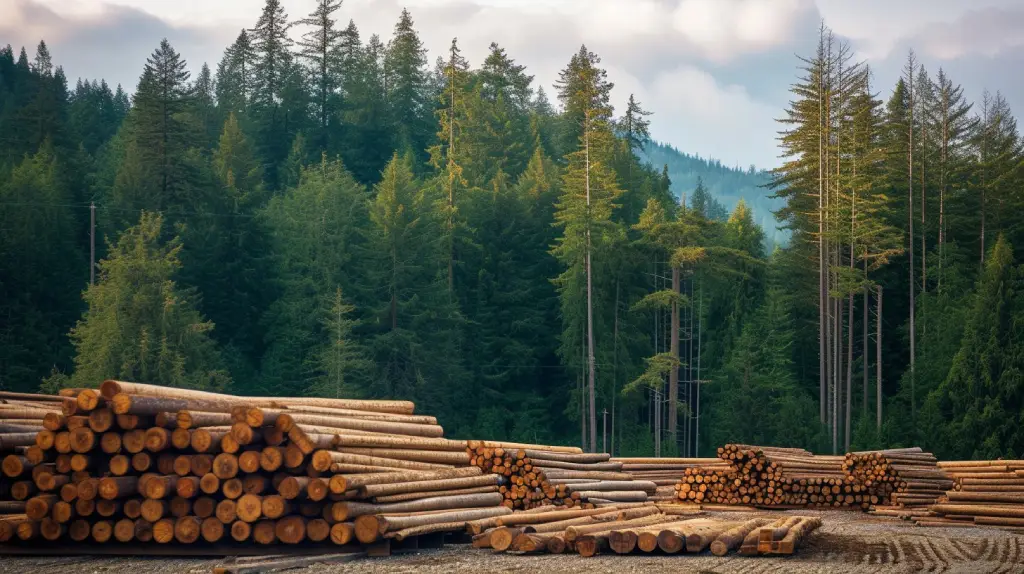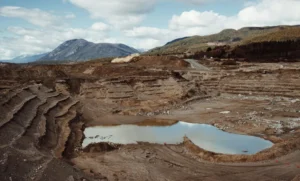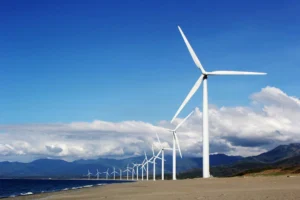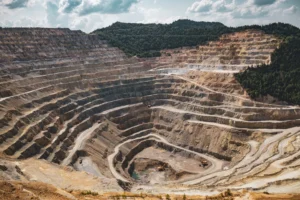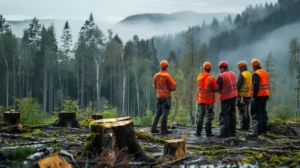Renewable resources are those that can naturally restore over time, such as sunlight or wind.
Nonrenewable resources, such as coal or oil, are limited and cannot be replaced once used.
Differentiating between the two is crucial for managing our planet’s resources responsibly. It helps to understand that which of the following could be considered both a renewable resource and a nonrenewable resource?
Knowing what resources can regenerate and what resources are limited helps guide decisions about their use and conservation.
Which of the following could be considered both a renewable resource and a nonrenewable resource?

While resources are generally categorized as renewable or nonrenewable, some resources can fall into both categories depending on how they are used and managed.
These dual-category resources challenge the conventional definitions and show that the sustainability of a resource is not always clear-cut.
Here are few resources that can be considered both renewable and nonrenewable, depending on their usage and management:
- Forests: While forests can regenerate naturally, excessive deforestation can reduce them.
- Groundwater: Groundwater can be refilled by rainfall, but excessive pumping can reduce it faster than it can be restocked.
- Fisheries: Overfishing can reduce fish populations, but sustainable fishing practices can secure their renewal.
- Minerals: While some minerals are considered nonrenewable, some can be recycled or reused, effectively extending their supply.
- Soil: Soil is essential for sustainable agriculture and can be refreshed through natural processes, but erosion and pollution can exhaust it.
These resources show the importance of sustainable practices to make sure their long-term availability.
What makes a resource renewable?
A renewable resource is one that can be restored naturally over time. This means it is available for ongoing use without running out, as long as the rate of consumption does not exceed the rate of renewal.
Common renewable resources include wind, solar energy, and certain types of biomass.
Characteristics, examples, and criteria
Renewable resources generally have the following characteristics: they regenerate naturally, they are mostly gained from natural cycles, and their availability can be sustained over time.
Examples include solar power, wind energy, and water in the form of rivers or lakes. For a resource to be classified as renewable, it must be naturally restored within a human lifespan.
Nonrenewable Resources
Defining nonrenewable resources
Nonrenewable resources are those that do not regenerate quickly enough to be replaced within a human lifetime. Once these resources are extracted and used, they are gone forever.
This category includes fossil fuels, minerals, and certain types of metals.
Characteristics, examples, and their limitations
Nonrenewable resources are defined by their limited availability. Once drained, they cannot be replaced or regenerated on a human timescale.
Examples include coal, oil, natural gas, and certain minerals such as gold and copper.
The primary limitation of nonrenewable resources is that their extraction and use can lead to reduction, making them unsustainable in the long term.
Dual-Category Resources

Several resources can be classified as both renewable and nonrenewable, depending on how they are used and managed.
Forests
They can naturally regenerate, but excessive deforestation can reduce them at a rate faster than they can restore themselves, leading to a loss of biodiversity and ecosystem services.
If not managed sustainably, forests can become a nonrenewable resource.
Groundwater
It is a vital natural resource that is refilled by rainfall, snowmelt, and other natural processes.
It is stored in underground aquifers and is a big source of drinking water, irrigation, and industrial use, but excessive pumping can risk its renewal.
Overfishing
It is the practice of harvesting fish from a population at a rate that exceeds its ability to restock itself. This can lead to a decline in fish populations, which can have devastating consequences for aquatic environment and the communities that rely on them.
Responsible actions can secure the aquatic environment such as sustainable fishing practices.
Some minerals
Some minerals are considered nonrenewable because they are formed over millions of years and cannot be restored within a human lifespan. Once they are extracted from the Earth, they are gone forever.
However, recycling and reuse can help to extend the supply of some minerals. By collecting and processing used materials, we can recover valuable minerals and reduce the need for new mining.
This can help to conserve natural resources and reduce the environmental impact of mining, especially open-pit mining.
Soil
It is vital for agriculture, plant growth, and ecosystem health. It is composed of minerals, organic matter, water, and air. Soil can be renewed through natural processes, but soil erosion and pollution can exhaust it.
Biomass
It is gained from organic matter, can be a renewable resource when managed sustainably, but unsustainable practices can lead to reduction. It includes materials such as: wood, agricultural waste, municipal waste, energy crops.
When managed sustainably, biomass can be a renewable resource.
The Bottom Line
Renewable resources can regenerate naturally, while nonrenewable resources are limited and cannot be replaced once used.
Some resources, such as forests, groundwater and biomass, can fall into both categories depending on how they are managed. Understanding these differences is crucial for resource management.
Implications for resource management and sustainability
The dual nature of some resources presents both challenges and opportunities for sustainable management. Proper management practices can help make sure that resources remain renewable, while poor practices can lead to their loss.
The sustainability of a resource depends on careful management and responsible use.
The importance of understanding the dual nature for sustainability
Identifying that some resources can be both renewable and nonrenewable is very important to promoting sustainability. It shows the need for responsible management to preserve resources for future generations.
Sustainable use practices can help make sure that resources remain available and support long-term environmental health.
FAQ's
1. What can be considered both a renewable and nonrenewable resource?
Forests, groundwater, and fossil fuels can all be considered both renewable and nonrenewable resources, depending on their usage and management.
